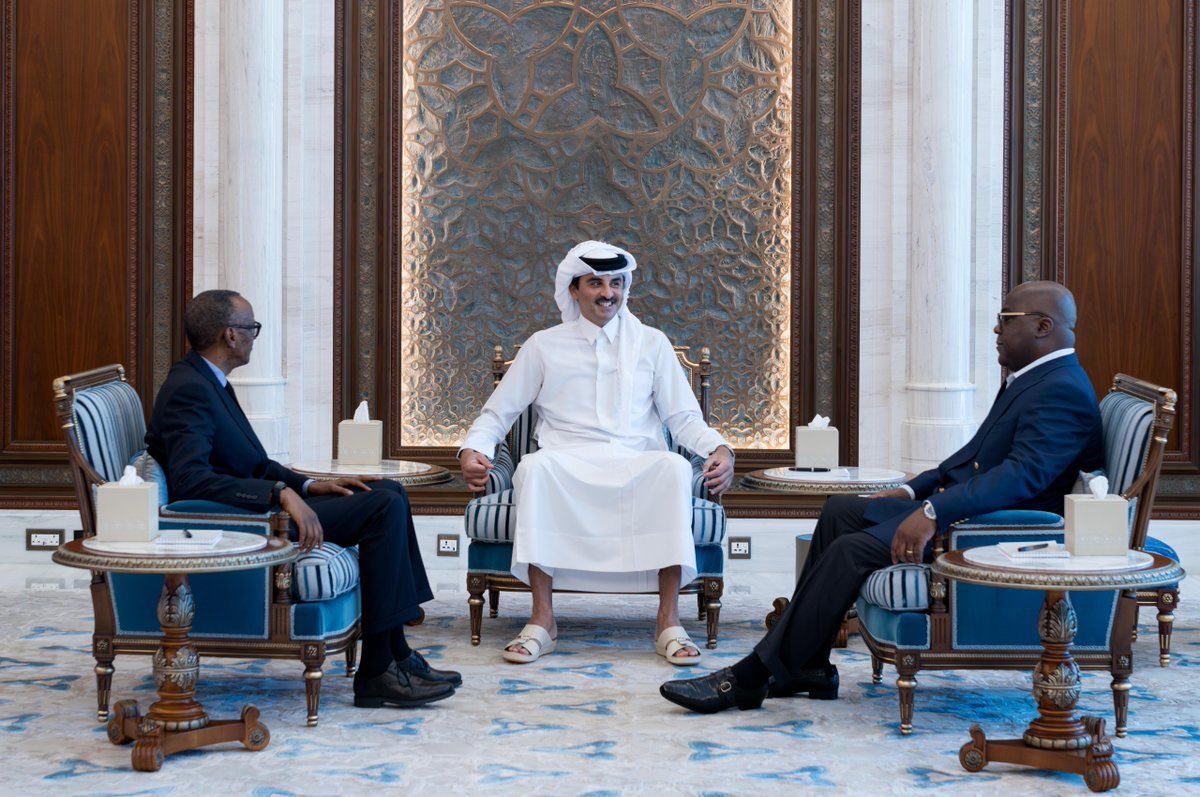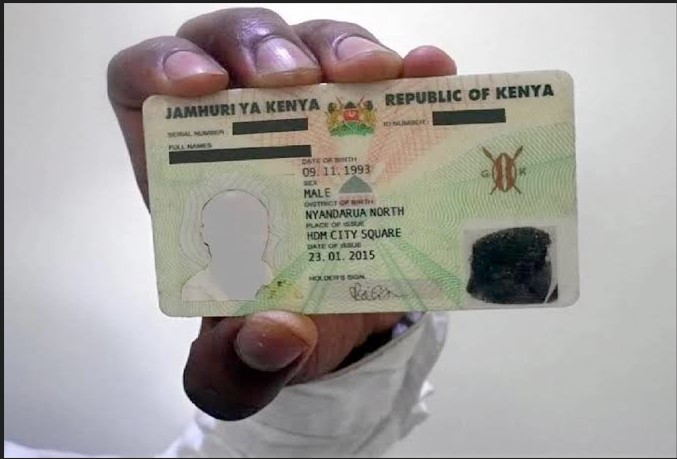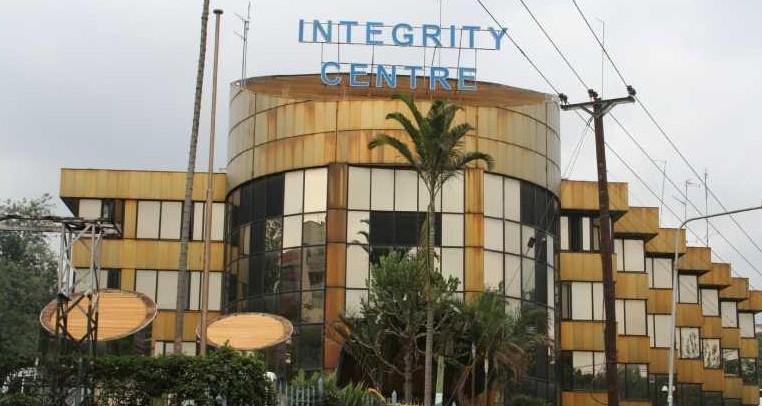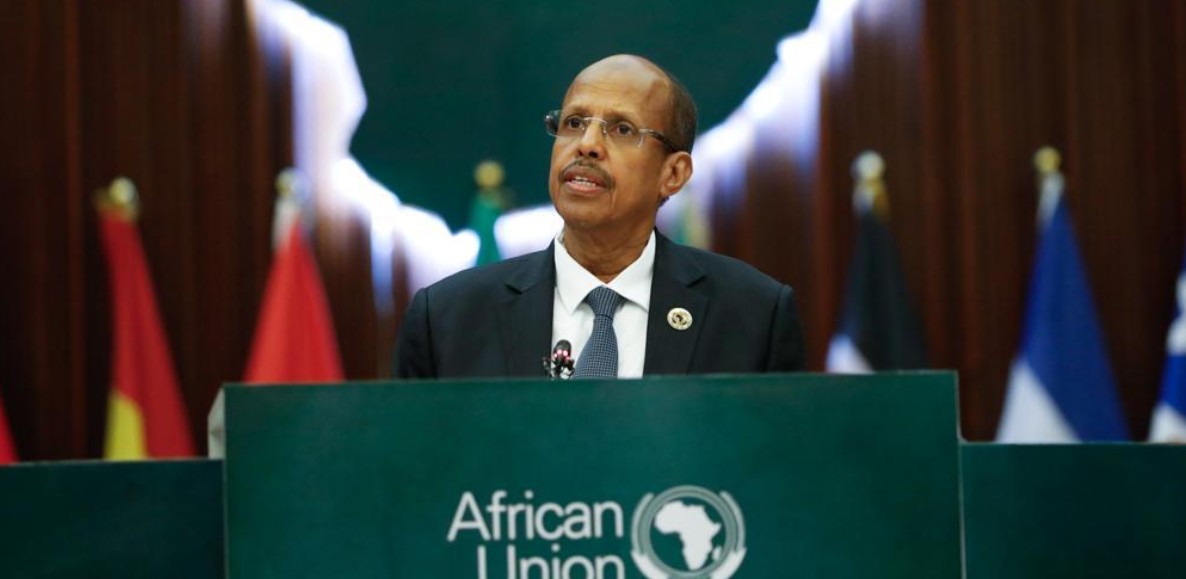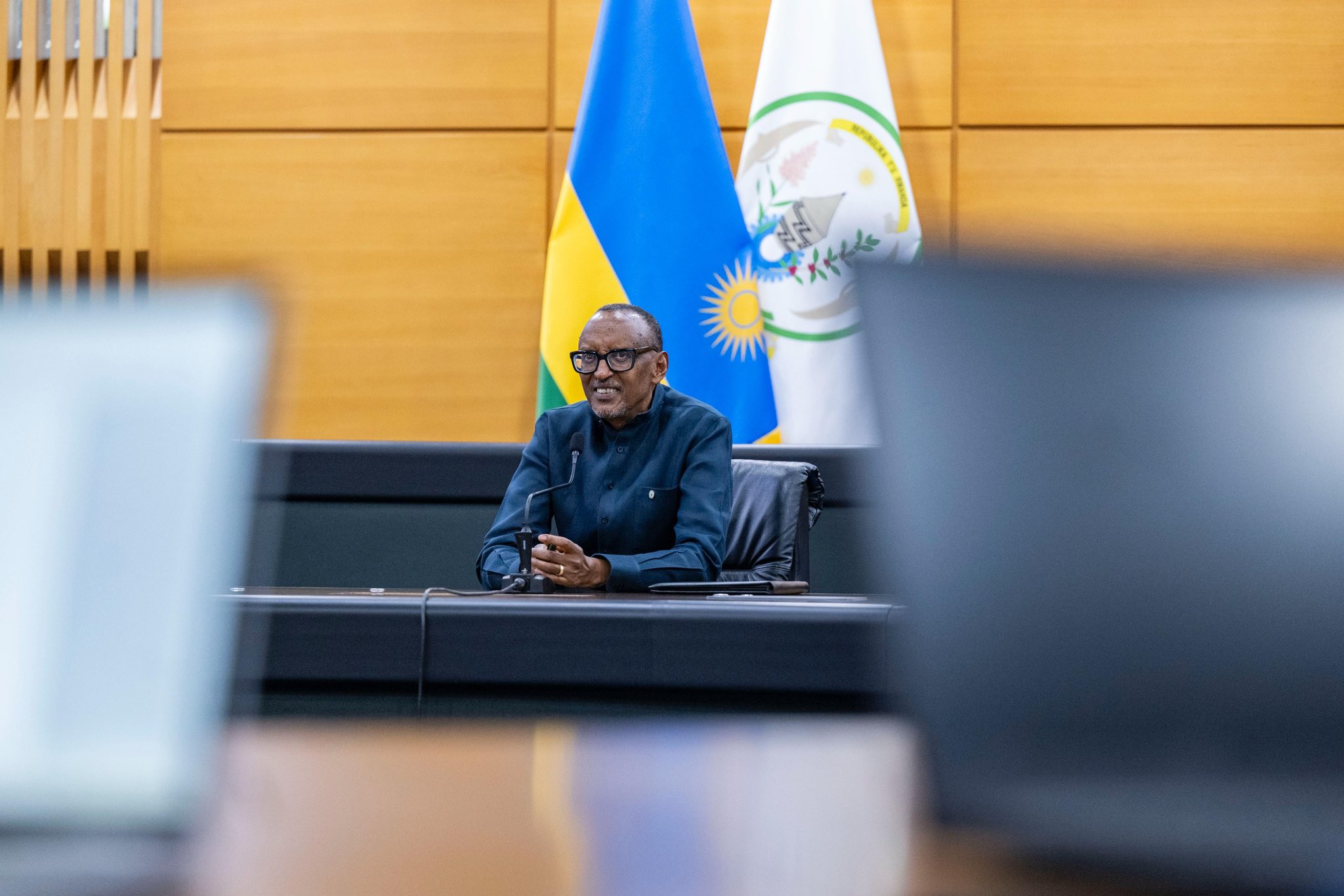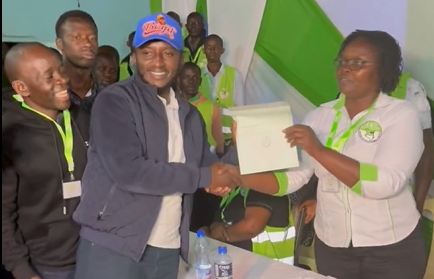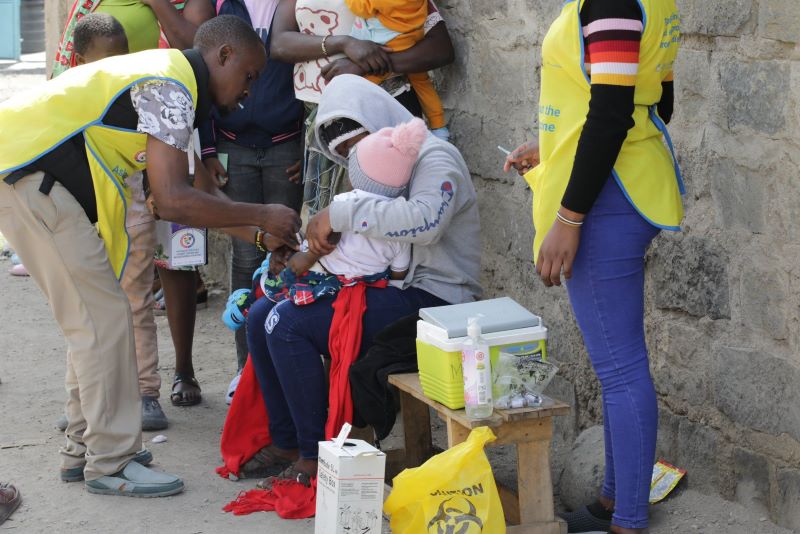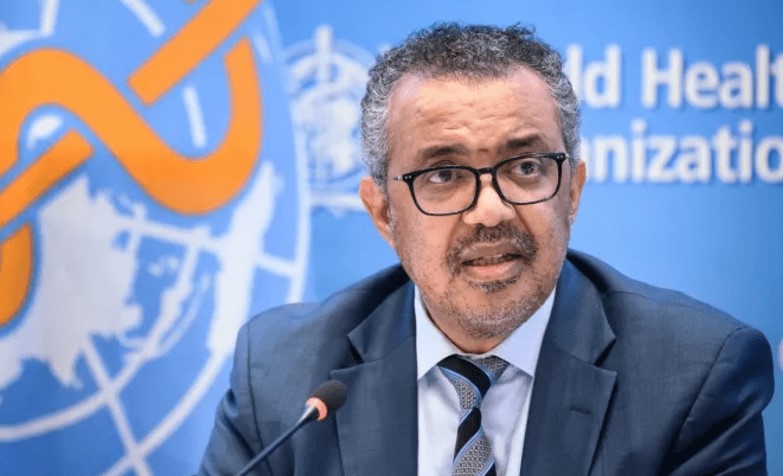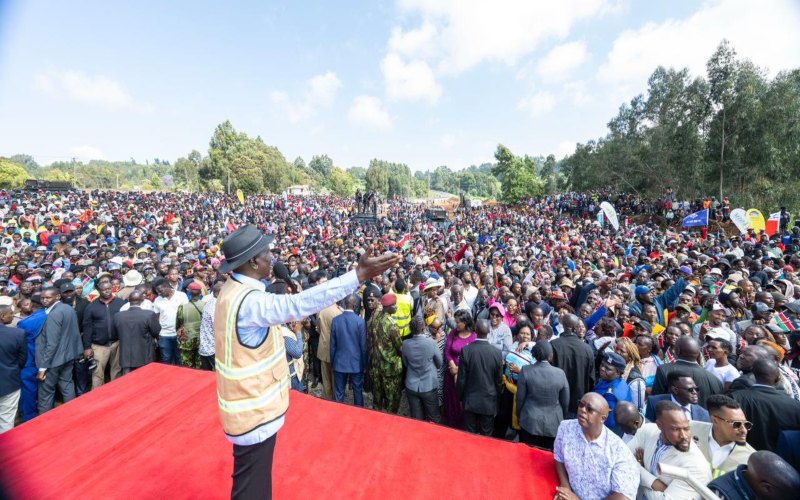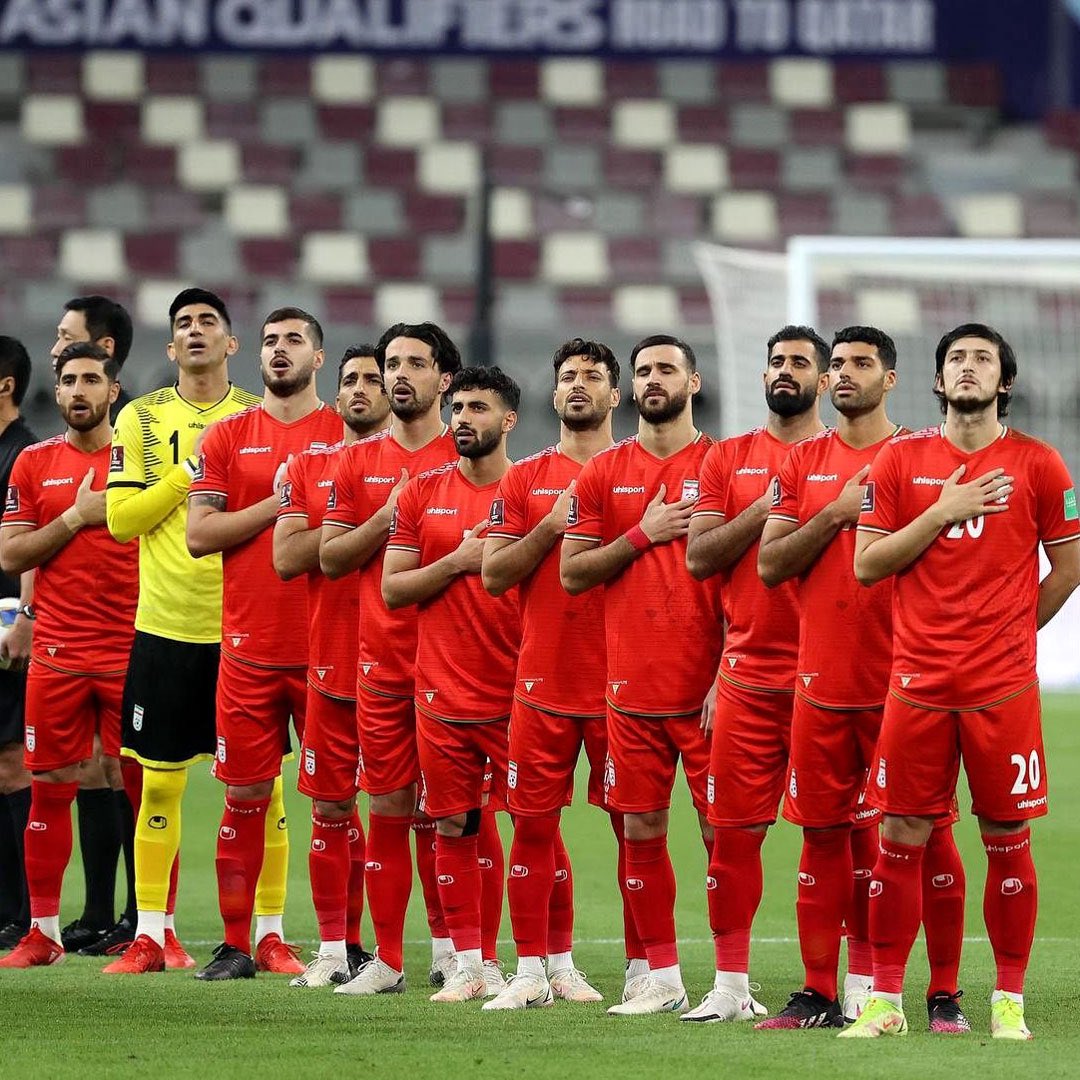35 counties yet to adopt Treasury’s e-procurement system, says PS Odede
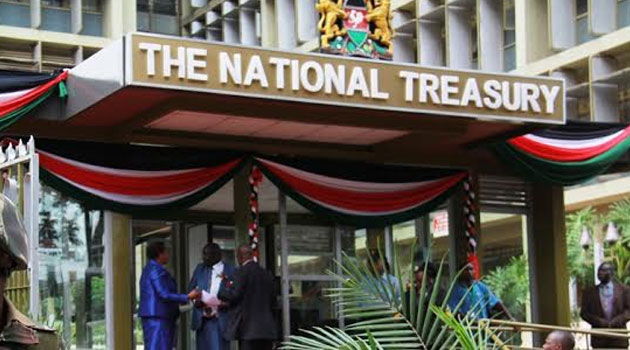
The resistance follows last month’s High Court suspension of circulars issued by the Treasury and the Public Procurement Regulatory Authority (PPRA), which had mandated that all public entities use the e-GP.
The National Treasury is intensifying efforts to implement the electronic government procurement (e-GP) system, even as a large number of county governments have yet to join the platform.
The ministry maintains that all suppliers seeking to transact with the government must do so electronically, warning that compliance is essential for procurement in the current fiscal year.
More To Read
- Treasury under fire for using Sh2.67 trillion in domestic loans on recurrent spending
- Controller of Budget urges faster adoption of e-GPS for public projects
- National Treasury secures Sh437.8 billion loan to plug budget deficit
- MPs raise alarm over alleged misappropriation of College of Insurance land
- MPs question rising debt despite Treasury’s reduced CBK borrowing
- National Treasury says weak revenue, high debt repayments straining Kenya’s budget
Public Investments and Assets Management Principal Secretary Cyrell Odede said that while all national government departments have uploaded their annual procurement plans on the e-GP portal, only 12 county executives have complied. These include Busia, Kilifi, Kajiado, Murang’a, Kakamega, Lamu, Nandi, Taita Taveta, Turkana, and Samburu.
“So far, all our State departments have uploaded their annual procurement plans in the system. We have 12 county executives and 15 county assemblies uploading their annual procurement plans.
We have 47 tenders now published,” Odede said as reported by Business Daily.
The Treasury clarified that procurements for the 2025/2026 fiscal year must be run through the e-GP system.
Despite this, many counties are yet to upload their plans, citing logistical challenges and limited training on the platform. County assemblies that have adhered to the directive include Nyamira, Elgeyo Marakwet, Nyandarua, Wajir, Migori, Nairobi, Marsabit, Nandi, Busia, Nakuru, Kilifi, Turkana, Bungoma, West Pokot, and Kericho.
The resistance follows last month’s High Court suspension of circulars issued by the Treasury and the Public Procurement Regulatory Authority (PPRA), which had mandated that all public entities use the e-GP.
Odede said the Treasury is following the court order by allowing entities to clear pending bills incurred before July through the Integrated Financial Management Information System (IFMIS), while new procurement is conducted on the e-GP platform.
“The two systems can run parallel, manual and electronic, but the government decided that if you want to do business with the government, you have to do it electronically. The government is not forcing anybody to use e-GP, but if you want to trade with me, trade with me electronically,” he said.
Odede emphasised that uploading procurement plans is a critical step before entities can start sourcing goods and services digitally. For a public entity to transact on the e-GP, its budget must first be uploaded, followed by procurement plans to enable the start of tenders.
According to the Treasury, 62 state departments, 94 county executives and assemblies, 547 state corporations, 81 county corporations, and water companies have been registered on the e-GP platform. So far, 16,984 suppliers are enrolled.
Odede highlighted that large spending agencies such as Kenya Ports Authority (KPA), Kenyatta National Hospital (KNH), Kenyatta University Teaching, Referral and Research Hospital (KUTRRH), and Jaramogi Oginga Odinga Hospital have already uploaded procurement plans and can transact on the system.
With a procurement budget of about Sh1 trillion for the current fiscal year, the Treasury estimates that full adoption of the e-GP could save the government between Sh150 billion and Sh200 billion annually by streamlining processes and reducing opportunities for misuse of funds.
Top Stories Today
